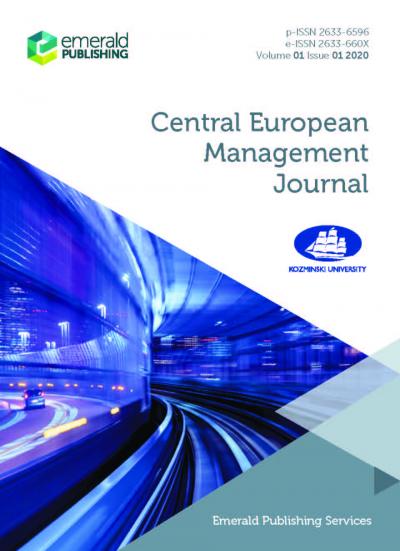Institutionalizing Corporate Governance Reforms in Poland: External Auditors’ Perspective
Dorota Dobija
Kozminski University
2019 27 (3) Central European Management Journal
DOI 10.7206/cemj.2658-0845.2








